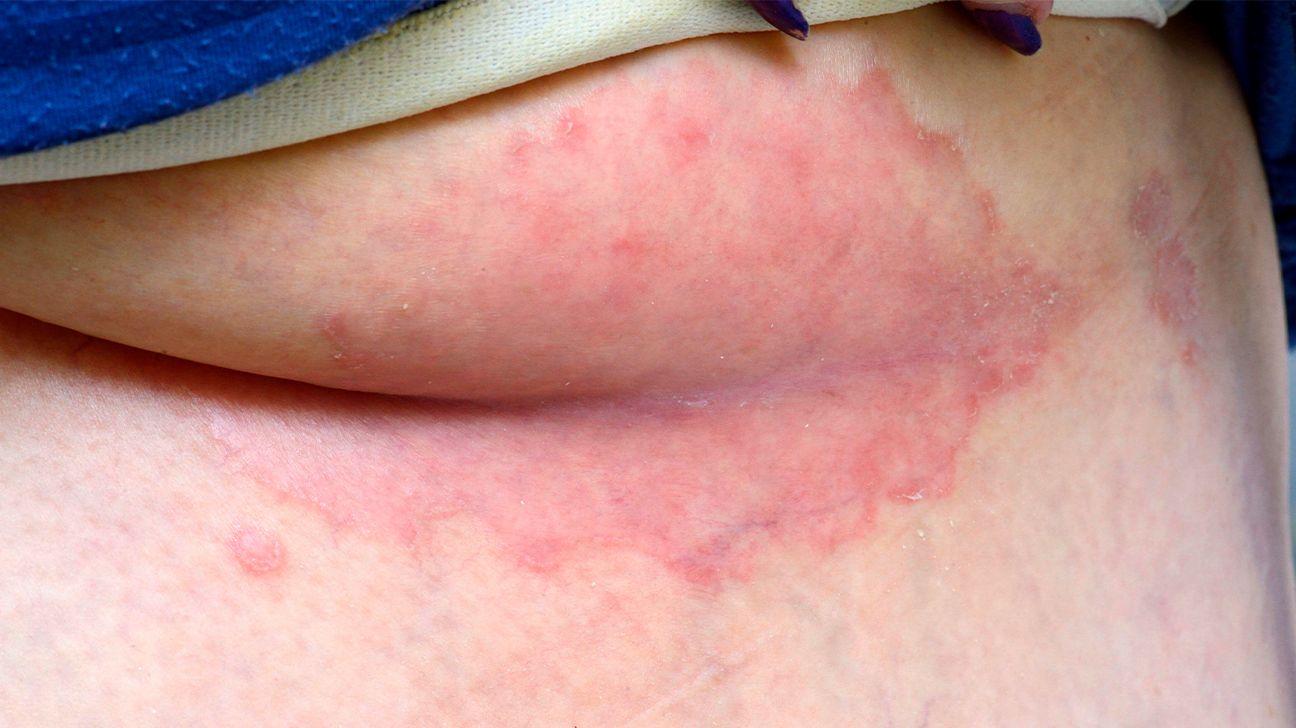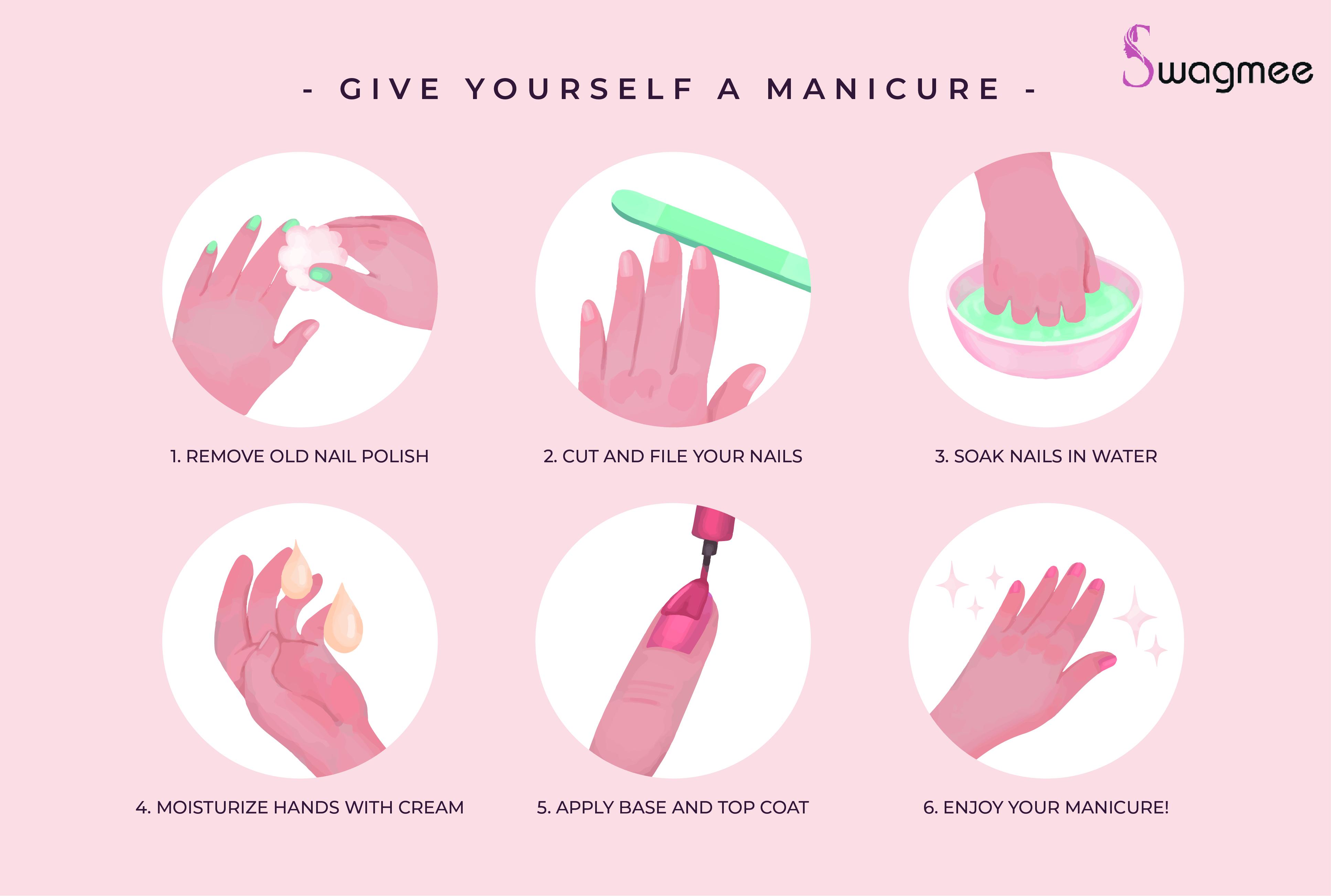Imagine stepping out of your last laser hair removal session, that unmistakable feeling of silk-smooth skin giving you a newfound confidence. You’ll never have to deal with razor nicks, waxing woes, or stubble struggles again. But, underneath the allure of this seemingly magical solution, a question lingers: what happens after the excitement fades and the years roll by? “Laser Hair Removal: Unmasking Long-Term Side Effects” takes you on an enlightening journey, shining a light on the less-talked-about aspects of this popular cosmetic procedure. As we peel back the layers, you’ll discover insights, anecdotes, and expert opinions, all wrapped in a comforting, friendly narrative that feels more like chatting with a well-informed friend than reading a scientific report. So, grab a cup of tea, get cozy, and join us as we lift the veil on the long-term realities of laser hair removal.
Table of Contents
- Understanding the Science Behind Laser Hair Removal
- The Hidden Risks: Skin Reactions and Sensitivities
- Smooth Skin, Rough Outcome: Analyzing Long-Term Effects
- Expert Advice: Minimizing Potential Side Effects
- Aftercare Tips: Ensuring a Safe Hair-Free Future
- Q&A
- To Conclude
Understanding the Science Behind Laser Hair Removal
At its core, laser hair removal leverages the precision of concentrated light beams to target the pigment found in hair follicles. The light emitted by the laser is absorbed by the melanin in the hair, converting it into heat. This heat then damages the hair follicle to inhibit future growth, making it an ingenious blend of science and technology. Thanks to modern advancements, the process can be customized to suit different skin tones and hair textures, offering a more personalized and effective solution.
The pivotal players in this procedure are the **wavelength of the laser** and the **duration of its pulse**. These factors determine how deeply and effectively the laser can penetrate the skin to reach the hair follicle without causing undue harm to the surrounding tissue. Here’s a quick comparison to understand this better:
| Laser Type | Wavelength | Best For |
|---|---|---|
| Diode | 800-810 nm | Light/Medium Skin |
| Nd:YAG | 1064 nm | Dark Skin |
| Alexandrite | 755 nm | Light Skin |
Laser hair removal is also celebrated for its non-invasive nature, ensuring minimal disruption to your daily routine. The precision of the laser allows for selective targeting, reducing the risk of damaging the surrounding skin. Furthermore, the newer technologies come with **cooling mechanisms** that help to minimize discomfort, making the procedure more bearable for those with sensitive skin.
Nevertheless, it’s essential to understand that while the technology is impressive, individual experiences can vary all the same. Factors like **skin type**, **hair color**, and **hormonal balance** can influence the effectiveness and longevity of the results. Experienced practitioners typically conduct a detailed consultation to tailor the treatment settings for the best possible outcome, ensuring a balance between safety and effectiveness.

The Hidden Risks: Skin Reactions and Sensitivities
When exploring the realm of laser hair removal, it’s essential to delve into the less often discussed but crucial topic of skin reactions and sensitivities. Although the allure of smooth, hair-free skin is enticing, one must remain vigilant about the potential hidden risks. Various skin types react differently to laser treatments, potentially leading to a spectrum of reactions, from the gentle to the severe. Here’s a closer look at what you might encounter and how to manage these conditions effectively.
Common Skin Reactions:
- Redness and Swelling: Often occurring immediately post-treatment, these symptoms typically subside within a few hours to a couple of days.
- Itching and Dryness: Some individuals experience localized itching or a sensation of dry skin as the treated area begins to heal.
- Blisters and Burns: Although rarer, improper laser settings or equipment malfunctions can result in more acute skin trauma.
For those with sensitive skin, the rigorous beams of lasers pose additional challenges. The epidermis might react more intensely, manifesting in prolonged discomfort or pigmentation changes. It’s prudent to have a detailed discussion with your dermatologist, ensuring that your skin type is adequately assessed and the appropriate laser settings are employed. Additionally, a patch test can be a proactive step to gauge how your skin will react.
| Skin Issue | Possible Symptoms | Recommended Action |
|---|---|---|
| Redness & Swelling | Slight to moderate erythema | Apply soothing aloe vera gel |
| Hyperpigmentation | Dark patches on skin | Use sunscreen regularly |
| Dryness | Flaky or rough patches | Moisturize frequently |
| Blisters & Burns | Severe skin reaction | Seek medical attention |
Beyond immediate reactions, long-term sensitivities can also emerge. Some individuals might notice changes in skin texture or the development of chronic dry patches. It’s crucial to incorporate a skin care regimen that includes hydrating serums, moisturizers, and sun protection. Remember, understanding and managing the hidden risks of laser hair removal can significantly enhance your journey to achieving desired results while maintaining your skin’s health and radiance.

Smooth Skin, Rough Outcome: Analyzing Long-Term Effects
Laser hair removal has become a widely popular cosmetic procedure, celebrated for its promise of smooth, hair-free skin. While the immediate results are often gratifying, there are potential long-term effects that shouldn’t be overlooked. Understanding these consequences can help you make an informed decision about whether this treatment is right for you.
- Skin Discoloration: While laser treatments can smooth out complexion issues for many, they may actually cause pigmentation changes in some individuals. Darker or lighter patches might appear particularly in those with deeper skin tones or with recent sun exposure.
- Skin Textural Changes: Some may experience a change in skin texture, noticing either an overly smooth or coarser surface post-treatment. This could be transient, but in some cases, permanent changes have been reported.
Persistent redness, swelling, and irritation are also reported side effects of laser hair removal. While these side effects are generally short-lived, some patients have reported experiencing them for longer periods. If you have sensitive skin, this might be particularly relevant for you:
| Skin Type | Potential Long-Term Side Effects |
|---|---|
| Oily | Increased sensitivity and prolonged redness |
| Dry | Permanent scarring or textural changes |
| Combination | Hyperpigmentation in oily areas, sensitivity in dry patches |
Last but not least, some rare, but noteworthy outcomes involve more severe conditions, such as blistering or, in very extreme cases, burns. These sound terrifying but are exceedingly uncommon and often preventable with proper aftercare and selecting a certified professional for the procedure:
- Blistering: Prompt medical attention is essential for blister treatment to prevent infection.
- Burns: This occurs when the laser settings are too intense or used improperly. Ensure you’re working with a certified and experienced technician to mitigate this risk.

Expert Advice: Minimizing Potential Side Effects
- Consult with a Qualified Professional: Choosing the right practitioner is crucial for minimizing side effects. Opt for certified and experienced dermatologists or licensed laser technicians. An expert will tailor the treatment to your skin type and hair color, reducing the likelihood of adverse reactions.
- Patch Test: Before undergoing the full procedure, insist on a patch test. This small trial run will help identify any potential sensitivity or allergic reactions to the laser.
| Preparation Tips | Benefits |
|---|---|
| Avoid Sun Exposure | Reduces Skin Irritation |
| Stop Plucking & Waxing | Ensures Targeted Follicles |
| Shave Before Treatment | Enhanced Laser Penetration |
Stay Hydrated: Drinking plenty of water before and after your laser sessions helps keep your skin hydrated, which can mitigate some common side effects such as dryness and itching. Moisturizing regularly also plays a key role in soothing treated areas and speeding up recovery.
Lastly, adhere to post-care instructions meticulously. Applying soothing creams like aloe vera gel, avoiding hot showers, and steering clear of harsh exfoliants can significantly reduce irritation and promote faster healing. Always wear sunscreen to protect your sensitive skin from UV damage, which can otherwise exacerbate side effects.
Aftercare Tips: Ensuring a Safe Hair-Free Future
Now that you’ve taken the plunge into silky-smooth elegance with laser hair removal, let’s talk about keeping your fresh look both safe and stunning. Caring for your skin post-treatment is crucial, small steps can ensure a hair-free future with minimal side effects.
Moisturize and Hydrate
- Use a gentle, alcohol-free moisturizer twice daily.
- Stay hydrated by drinking plenty of water – at least 8 glasses a day.
- Avoid hot showers or baths immediately after treatment to keep your skin from drying out.
- Consider using aloe vera gel to soothe any irritation.
Sun Protection
- Apply a broad-spectrum SPF 30+ sunscreen whenever you’re out during the day.
- Opt for physical sunblocks with ingredients like zinc oxide and titanium dioxide.
- Wear protective clothing and wide-brimmed hats to shield treated areas.
- Avoid direct sun exposure for at least 2 weeks following your session.
Special Care Instructions
| When | Action |
|---|---|
| First 24 Hours | Avoid makeup and heavy lotions. |
| First 48 Hours | Avoid saunas and physical exercise. |
| First 72 Hours | Do not exfoliate or use aggressive skincare products. |
Don’t forget to listen to your body and reach out to your specialist if you notice any unusual changes in your skin. With these caring steps, unlocking the door to a smooth and confident future becomes more than a dream – it becomes a reality!
Q&A
Q: What exactly is laser hair removal?
A: Picture this: a tiny, powerful beam of light zapping away your unwanted hair. Laser hair removal is a popular cosmetic procedure that uses concentrated light to target and destroy hair follicles, slowing down or even completely stopping hair growth over time! It’s a pretty nifty way to bid farewell to razors and waxing.
Q: So, does that mean I’ll never have to shave again?
A: Ah, the dream! While laser hair removal can significantly reduce hair growth, it’s not always a one-and-done deal. You’ll likely need a few sessions to achieve desired results, and even then, maintenance treatments might be necessary. But the good news is your hair will be much finer and sparser!
Q: Are there any immediate side effects after undergoing laser hair removal?
A: Yes, but nothing too scary! Right after the treatment, you might experience some redness, swelling, and a bit of tenderness—kind of like a mild sunburn. These effects are usually short-lived, lasting a few hours to a couple of days. Applying cool compresses and aloe vera gel can work wonders!
Q: What about long-term side effects? Should I be worried?
A: It’s always good to be informed, right? While long-term side effects are rare, they can occur. Some folks might experience changes in skin pigmentation, either lightening (hypopigmentation) or darkening (hyperpigmentation) of the treated area, usually temporary. There’s also a slight chance of scarring or blistering, especially if the treatment is not done correctly.
Q: Can everyone go for laser hair removal?
A: Well, the technology has come a long way, but it’s true that laser hair removal works best on people with light skin and dark hair. Darker skin tones are at a higher risk for pigmentation changes, but newer lasers are safer and more effective for all skin types. It’s crucial to consult with a certified professional who understands your unique skin needs.
Q: Is there anything special I need to do before and after the treatment?
A: Absolutely! Pre-treatment, you should avoid sun exposure, tanning beds, and waxing for about four to six weeks. Post-treatment, steer clear of hot showers, saunas, and rigorous workouts for a day or two. And always slather on that sunscreen to protect your newly treated skin!
Q: Any tips for choosing a provider?
A: Great question! Always do your homework. Look for certified dermatologists or licensed practitioners with plenty of experience. Check reviews, ask lots of questions about their equipment, and ensure they tailor the treatment to your specific skin and hair type. Safety first, folks!
Q: How can I soothe my skin if it feels irritated after the sessions?
A: Good old home remedies to the rescue! Apply cool compresses or aloe vera gel to calm your skin. Over-the-counter hydrocortisone cream can also help reduce inflammation and redness. Just remember to be gentle with your skin and avoid scratching or exfoliating the treated areas.
Q: Is it really worth it in the end?
A: Many would say a resounding “Yes!” Laser hair removal can save you from the constant cycle of shaving, waxing, and plucking. It offers a more permanent solution, giving you smoother skin and more free time. Just weigh the potential pros and cons, and you’ll have your answer!
Now you’re armed with all the info to decide if laser hair removal is your skin’s future BFF. Ready to zap away those hairs? Or do you have more questions? Either way, we hope you feel more in the know!
To Conclude
As we wrap up our journey through the world of laser hair removal, it’s clear that embracing smooth, hair-free skin isn’t just about the immediate results. It’s about understanding the full spectrum of possibilities, from silky success to those sneaky, long-term side effects. Whether you’re already a veteran of the laser game or pondering your first session, armed with knowledge, you’re in the best position to make the choice that’s right for you.
Remember, every zap of the laser is a step towards confidence but also a commitment to care for your skin. So, if you decide to go for it, keep that open dialogue with your dermatologist, listen to your body, and give yourself the grace to adapt if needed. Your skin is telling a story, so let’s make sure it’s one of health, happiness, and informed choices.
Until next time, stay curious, stay savvy, and keep shining bright! 






